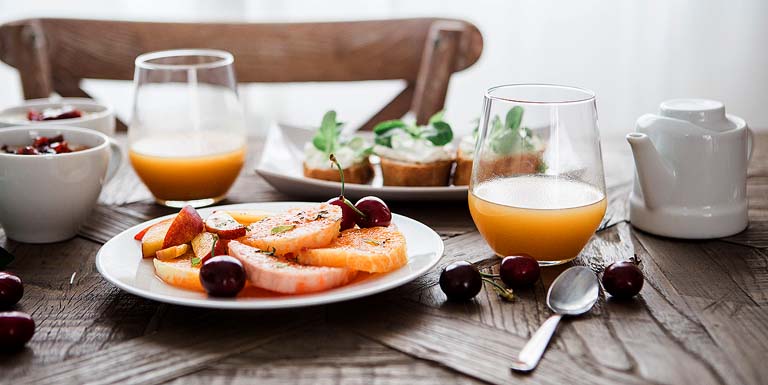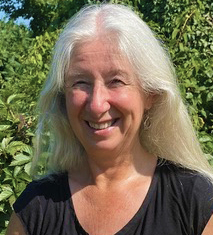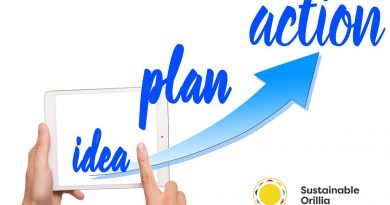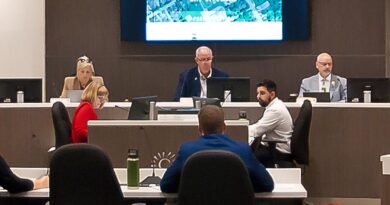Farm To Table Food Map
By Allison Andrews – Special to SUNonline/Orillia
Do you love really good food? Are you sure you know all the great places to buy the freshest, locally produced food for your family? Do you think an updated digital food map might help expand your search?
The sustainable agriculture/natural environment sector of Sustainable Orillia is excited to announce such a map is coming together. It will highlight the area’s Farmers’ Markets, community gardens, local growers and ranchers who contribute so much to the food scene in and around Orillia.
Starting this spring, you will be able to access the digital map through a QR code on the Food Map Poster. These posters will be located strategically throughout Orillia. The link will take you directly to a map on the sustainable agriculture & natural environment section of the Sustainable Orillia website, and provide locations and information on local food producers. There will be no need for paper maps that have to be updated yearly. Reducing use of paper is a big deal in itself. We will also be able to add new farms and vendors easily onto the map as they join our growing community.
There are many good reasons for buying local food grown and created here in Orillia, the surrounding communities and farmlands. Not only can we bring home fresh and healthy food for ourselves and our families but we are also financially supporting the farmers and their families who are the caretakers of the land. This land is vital to the livelihood of future generations of agriculturalists who will be feeding us, as well as for its role in combating climate change.

Sustainable and regenerative agriculture practices are essential to positive climate action. Rather than just reducing the amount of carbon released into the atmosphere, large scale regenerative agriculture helps pull massive amounts of carbon back into the soil. Several methods, such as reduced or no tilling, cover cropping, crop rotation, composting and managed grazing work to keep soil biology healthy and able to sequester carbon. This is crucial, considering the amount of land used worldwide for farming. Carbon draw-down done on a global scale, could effectively cool the earth and reverse global warming.
If you have gotten this far into this article about our local digital food map then you can no doubt see the connection I am trying to make: How we spend our food dollars is paramount to how we prioritize the health of our families, the health of our agricultural land and the health of the planet.
I could go into food miles – emissions from transporting food vast distances, corporate control of seeds, diminishing varieties of fruits, vegetables and livestock, packaging, nutrient levels, pesticides, herbicides, and etc. but you have probably heard all that. And if you haven’t, there is a wonderful array of documentaries and books that can do a better job than I can. We will be adding a comprehensive list of these informative resources to the sustainable agriculture & natural environment sector of the website soon.
Whether you call it locally-sourced, farm-to-table, or farm-to-fork, locally produced food supports us all. Keep an eye out for our digital food map posters, coming this spring.
To be included on the map, send your contact information to jessicakearney@sustainableorillia.ca . If you have a website, Facebook, Instagram or other social media accounts, we would be happy to include those with your information on our map as well.

Allison Andrews is Co-chair of Sustainable Orillia’s Agriculture & Natural Environment Sector
(Images and Photos Supplied)




